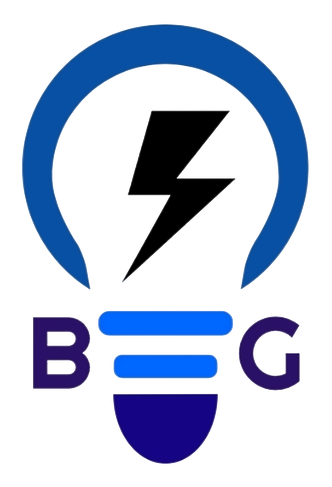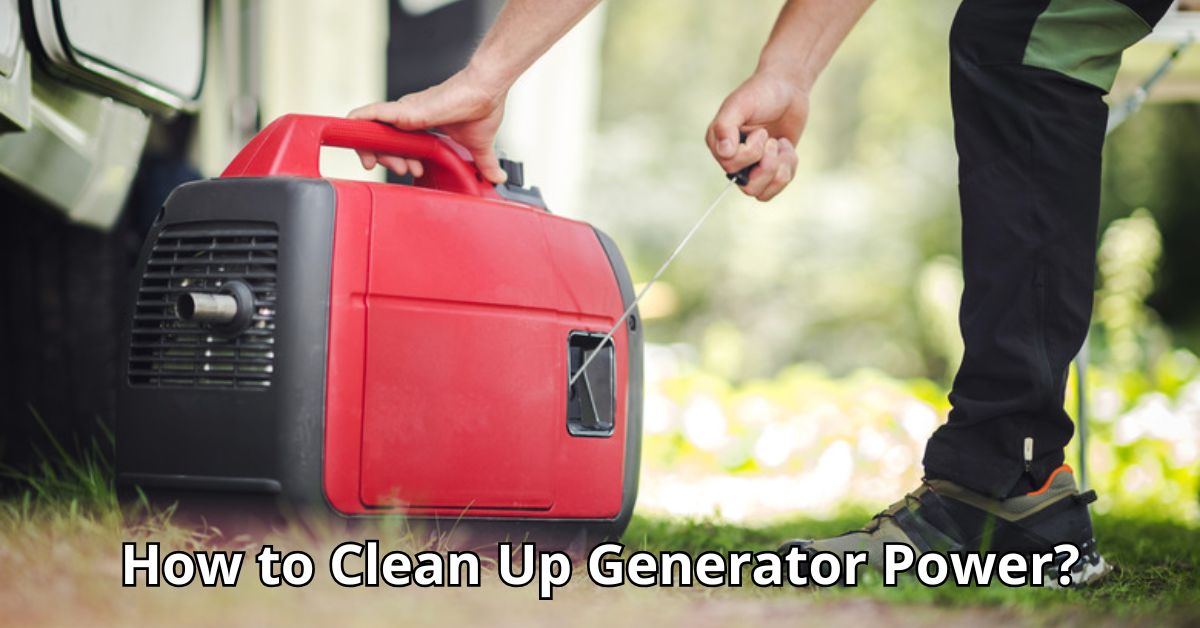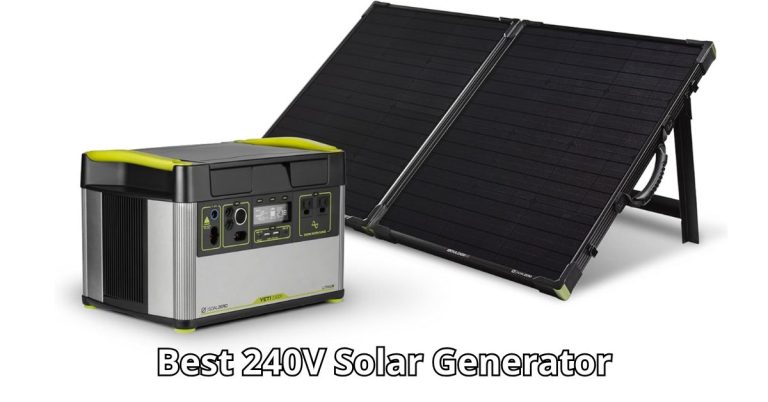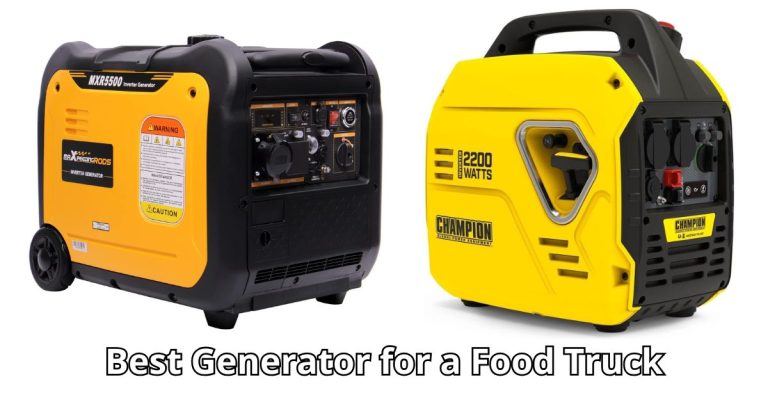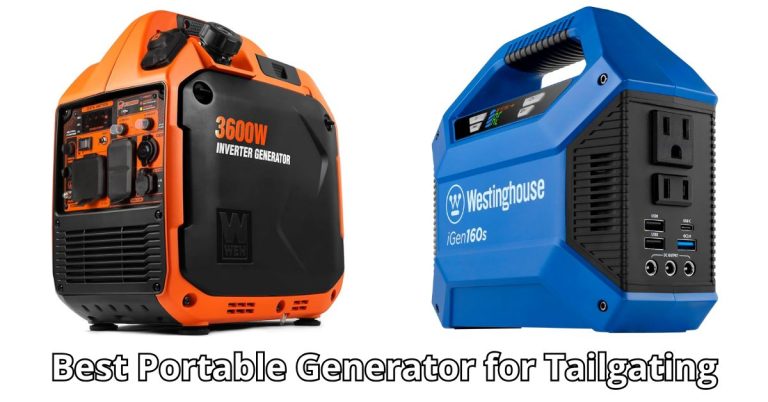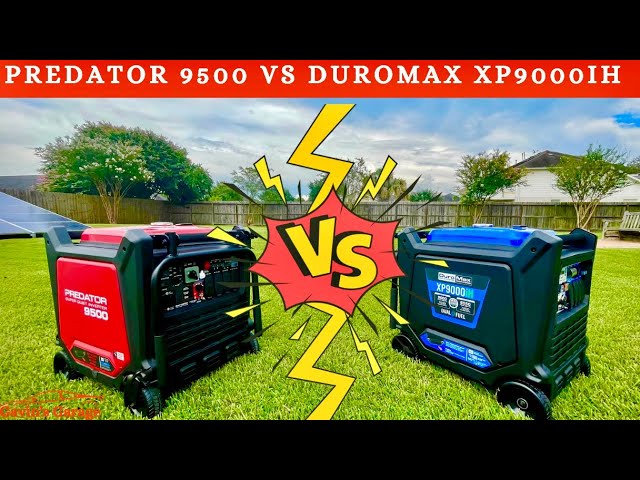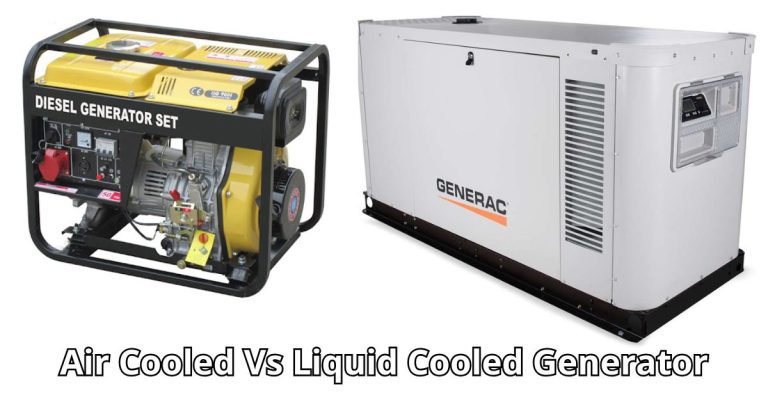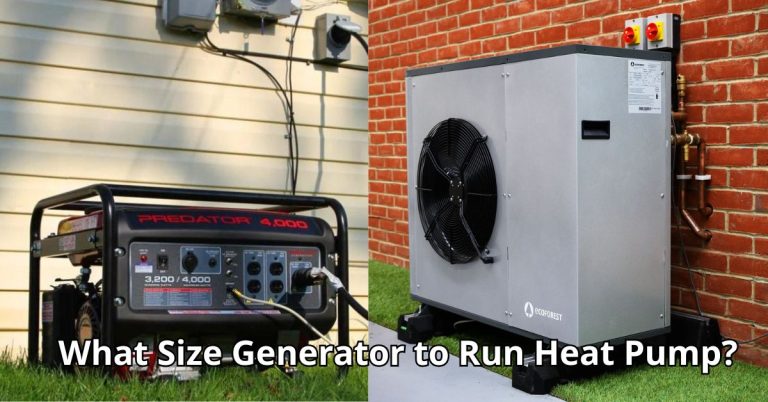How to Clean Up Generator Power: Effective Methods and Tips
Cleaning up generator power ensures reliable and safe electricity. It’s crucial for sensitive electronics.
Generators often produce power with fluctuations and noise. These irregularities can harm your devices. Cleaning up generator power means making the electricity stable and smooth. This process involves using filters, stabilizers, and other tools to ensure clean power. Why is this important?
Clean power protects your electronics, extends their life, and prevents malfunctions. Whether you’re using a generator for home, work, or recreation, clean power is essential. In this guide, we’ll explore simple, effective ways to clean up generator power. You’ll learn practical tips to ensure your generator delivers safe, reliable electricity every time. Let’s dive in!
Introduction To Generator Power Cleanup
Generators provide essential power during outages. They are vital for homes and businesses. Yet, they don’t always provide clean power. Dirty power can damage sensitive devices. So, cleaning up generator power is crucial.
Importance Of Clean Power
Clean power is stable and consistent. It protects electronic devices. Clean power extends the life of your equipment. It prevents unexpected shutdowns. This makes operations smoother and reduces repair costs.
Common Issues With Generator Power
Generators can produce voltage spikes. These spikes harm electronic devices. Generators may also cause harmonic distortion. This affects the performance of sensitive equipment. Inconsistent frequency is another issue. It can lead to malfunctioning devices.
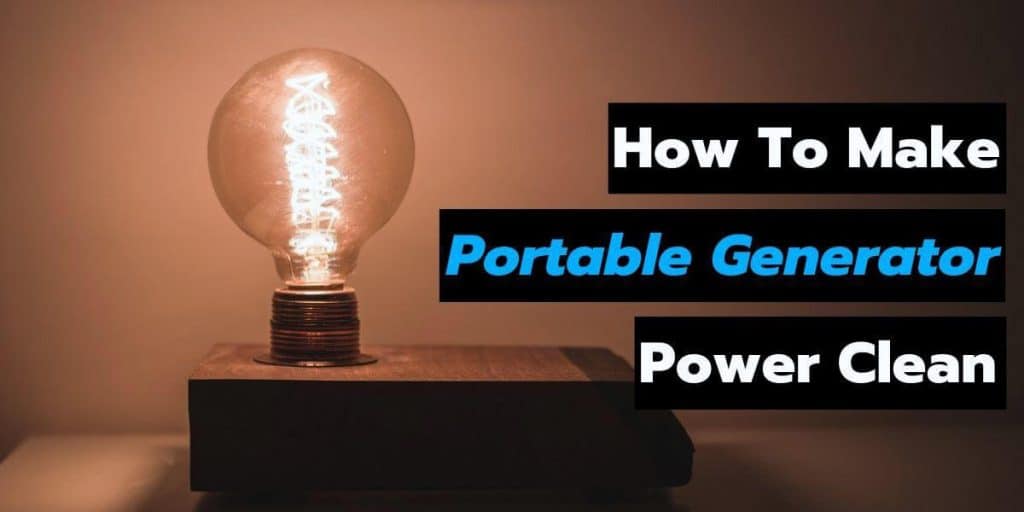
Credit: china-bison.com
Understanding Power Quality
Power quality is crucial for the smooth operation of your devices. Poor power quality can lead to equipment damage. It can also cause system malfunctions. Understanding power quality helps in maintaining efficient generator performance.
Voltage Stability
Voltage stability is a key factor in power quality. Unstable voltage can damage sensitive electronics. To ensure voltage stability:
- Use automatic voltage regulators (AVRs).
- Regularly check and maintain generator parts.
- Install surge protectors to handle voltage spikes.
Frequency Regulation
Frequency regulation maintains the generator’s output frequency. Consistent frequency is vital for device performance. Steps to ensure frequency regulation include:
- Calibrate the generator’s speed control system.
- Monitor frequency output regularly.
- Use frequency converters if needed.
| Component | Function | Maintenance Tips |
|---|---|---|
| Automatic Voltage Regulator (AVR) | Controls voltage output | Check connections and settings |
| Surge Protector | Prevents voltage spikes | Replace if damaged |
| Frequency Converter | Adjusts frequency output | Regularly test performance |
Using Voltage Regulators
Using voltage regulators is a key step in cleaning up generator power. Generators often produce power with fluctuations. These fluctuations can damage sensitive electronics. Voltage regulators help maintain a stable voltage output. This ensures that your devices receive clean and safe power.sta
Types Of Voltage Regulators
There are several types of voltage regulators. Each type has its own advantages.
- Linear Voltage Regulators: These are simple and cost-effective. They are suitable for low-power applications.
- Switching Voltage Regulators: These are more efficient and handle higher power loads. They are ideal for larger systems.
- Automatic Voltage Regulators (AVR): These provide automatic adjustment of voltage. They are perfect for maintaining constant voltage in varying load conditions.
Installation And Maintenance
Proper installation and maintenance of voltage regulators are crucial. Follow these steps for optimal performance:
- Read the Manual: Always start by reading the manufacturer’s instructions.
- Choose the Right Location: Install the regulator in a cool, dry place. Ensure it is away from direct sunlight and moisture.
- Connect Properly: Make sure all connections are secure. Use quality cables to avoid short circuits.
- Regular Inspections: Inspect the regulator periodically. Look for signs of wear or damage.
- Clean Components: Keep the regulator clean. Dust and dirt can affect performance.
Maintaining your voltage regulator ensures long-lasting performance. It also keeps your generator power clean and stable.
Employing Surge Protectors
Generators are essential for backup power. But their output can be unstable. This instability can harm your electronics. Employing surge protectors can help. These devices regulate power and protect your equipment. Understanding their benefits and choosing the right one is key.
Benefits Of Surge Protectors
Surge protectors guard your devices. They block excess voltage from reaching your electronics. This prevents damage during power surges. Surge protectors extend the life of your gadgets. They ensure your devices run smoothly. They are a small investment for big protection.
Choosing The Right Protector
Not all surge protectors are equal. Look for a high joule rating. This shows how much energy it can absorb. Check the clamping voltage. Lower is better. Ensure it has a fast response time. This means quicker protection. Choose a protector with enough outlets for your needs. Consider additional features like USB ports. Make sure it meets safety standards. Your devices deserve the best protection.
Incorporating Power Conditioners
Incorporating power conditioners is essential for maintaining clean and stable generator power. Power conditioners help to filter out noise, voltage spikes, and other electrical disturbances. This ensures that your equipment runs smoothly and efficiently. Below, we will discuss the function of power conditioners and provide installation tips.
Function Of Power Conditioners
Power conditioners filter out electrical noise. They protect against voltage spikes. This keeps your devices safe. They also regulate voltage levels. This provides consistent power to your equipment. Overall, power conditioners improve the quality of generator power.
Installation Tips
First, choose a power conditioner that matches your generator’s capacity. Next, read the manufacturer’s instructions carefully. Place the power conditioner in a well-ventilated area. Make sure it is not exposed to moisture. Connect the power conditioner to the generator. Use high-quality cables for best results. Test the system to ensure everything works correctly.
Utilizing Uninterruptible Power Supplies
Cleaning up generator power is crucial. One effective way is by using an Uninterruptible Power Supply (UPS). A UPS can help stabilize the power from your generator, ensuring a steady flow of electricity. This is important for sensitive electronics and appliances.
Advantages Of Ups Systems
- Stabilizes Power: A UPS smooths out the power. This protects devices from surges.
- Prevents Data Loss: It keeps computers running during brief outages. This allows you to save your work.
- Protects Equipment: It prevents damage from power fluctuations. This extends the life of your devices.
Selection Criteria
Choosing the right UPS is important. Consider the following factors:
| Criteria | Details |
|---|---|
| Power Capacity | Select a UPS that can handle your total power needs. Calculate the wattage of all devices you want to protect. |
| Battery Run Time | Check how long the UPS can supply power. Ensure it meets your needs during outages. |
| Number of Outlets | Ensure the UPS has enough outlets. Consider the devices you want to connect. |
| Form Factor | Choose between tower, rack-mounted, or compact designs. Select one that fits your space. |
By focusing on these criteria, you can choose the best UPS for your needs. This will help keep your power clean and your devices safe.
Implementing Harmonic Filters
Implementing harmonic filters is crucial for cleaning up generator power. Harmonics are unwanted frequencies that distort electrical signals. These distortions can damage equipment, reduce efficiency, and increase costs. Harmonic filters help in reducing these distortions, ensuring smooth operation and longevity of your equipment. Let’s dive into understanding harmonics and the types of harmonic filters available.
Understanding Harmonics
Harmonics are voltage or current waveforms at multiples of the fundamental frequency. They are caused by non-linear loads such as computers, LED lights, and variable speed drives. These devices draw current in short bursts, creating distortions. Harmonics can lead to overheating, equipment malfunction, and increased energy costs.
Types Of Harmonic Filters
There are several types of harmonic filters designed to tackle different levels and types of harmonics. Here’s a table to illustrate the main types:
| Type | Description | Applications |
|---|---|---|
| Passive Filters | Consist of inductors, capacitors, and resistors. They are tuned to specific harmonics. | Ideal for fixed loads and simple applications. |
| Active Filters | Use power electronics to inject counter-harmonics. They are more flexible. | Suitable for dynamic loads and complex systems. |
| Hybrid Filters | Combine passive and active filters. They provide comprehensive harmonic mitigation. | Best for environments with varying loads and high harmonic levels. |
Choosing the right filter depends on your specific requirements. Passive filters are cost-effective but less flexible. Active filters offer more control but are more expensive. Hybrid filters provide the best of both worlds.
Implementing harmonic filters effectively can significantly enhance power quality. It can protect your equipment and reduce operational costs. Always consider the nature of your load and the level of harmonics present before selecting a filter.
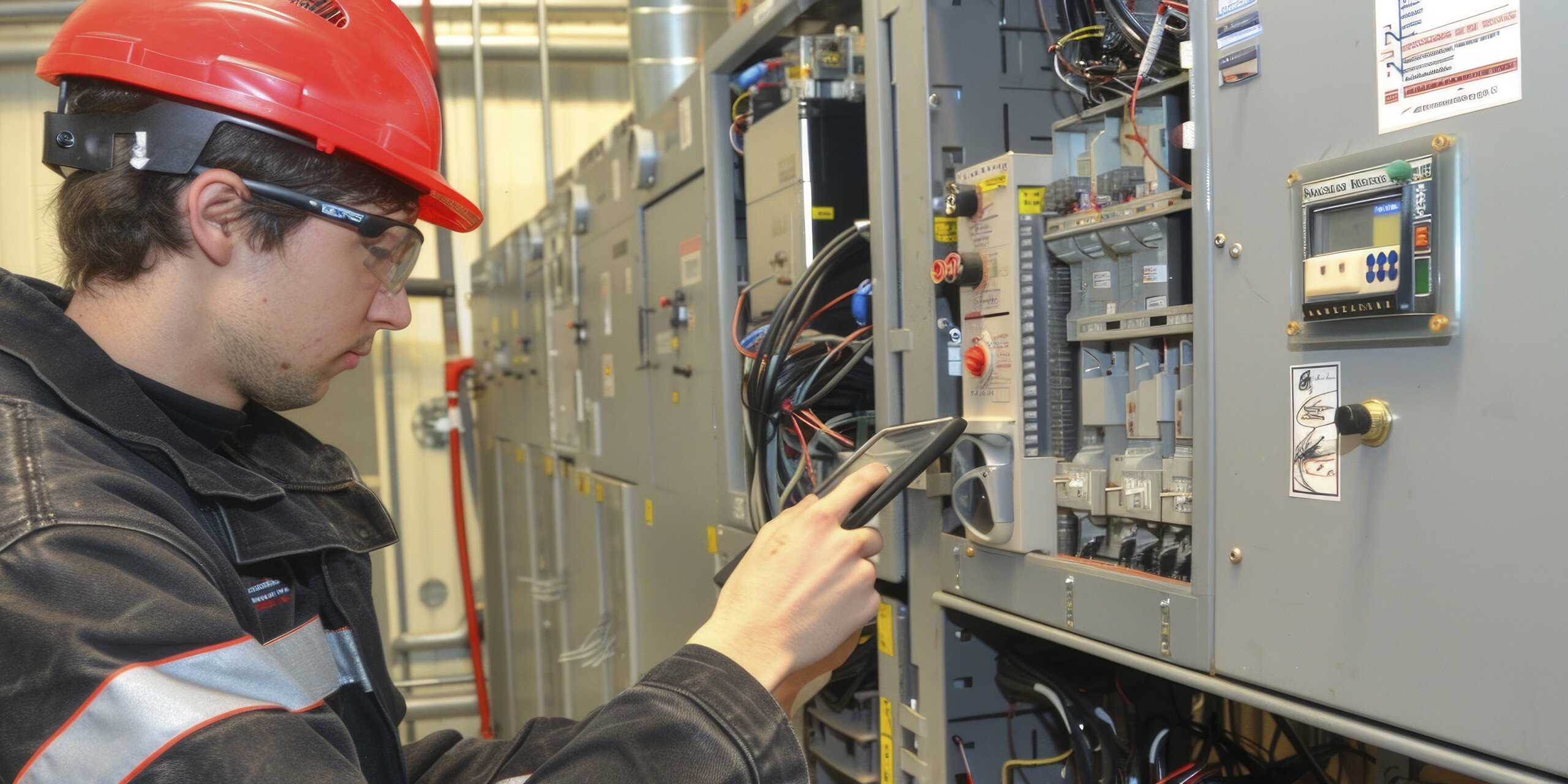
Credit: www.mediproducts.net
Regular Maintenance Practices
Keeping your generator running smoothly requires regular maintenance. This ensures it provides clean and reliable power. Regular maintenance can help you avoid costly repairs. It also extends the lifespan of your generator. Here are some key practices to keep in mind.
Scheduled Inspections
Scheduled inspections are vital for maintaining your generator. Regular checks help identify potential issues early. This can prevent major problems down the line.
- Check oil and coolant levels.
- Inspect fuel system and filters.
- Examine belts and hoses for wear.
- Test battery voltage and connections.
Create a maintenance schedule and stick to it. This ensures you don’t miss any important checks. A well-maintained generator runs more efficiently.
Troubleshooting Common Problems
Even with regular maintenance, issues can arise. Knowing how to troubleshoot common problems is key.
| Problem | Solution |
|---|---|
| Generator won’t start | Check battery and fuel levels |
| Low power output | Inspect air filter and spark plugs |
| Overheating | Ensure proper ventilation and check coolant |
Regular troubleshooting can prevent small issues from becoming big problems. Always refer to your generator’s manual. Follow the manufacturer’s recommendations.
Regular maintenance and troubleshooting keep your generator reliable. It ensures clean power whenever you need it. Stick to your maintenance schedule and address issues promptly. This keeps your generator in top condition.
Frequently Asked Questions
How Do You Clean Generator Power?
To clean generator power, use a power line conditioner or an uninterruptible power supply (UPS). These devices help stabilize voltage and filter out noise.
Why Is Generator Power Sometimes Dirty?
Generator power can be “dirty” due to voltage fluctuations and electrical noise. These issues arise from mechanical vibrations and inconsistent fuel supply.
Can Dirty Power Damage Electronics?
Yes, dirty power can damage sensitive electronics. Voltage spikes and electrical noise can cause malfunctions or shorten the lifespan of devices.
What Is A Power Line Conditioner?
A power line conditioner stabilizes voltage and filters out electrical noise. It helps provide clean and stable power to your devices.
Conclusion
Cleaning up generator power is essential for reliable electricity. Follow the steps outlined. Use proper tools and techniques to ensure safe operation. Regular maintenance prevents issues and extends generator life. Always prioritize safety during the cleaning process. A well-maintained generator delivers consistent, clean power.
Implement these tips to keep your generator in top shape. Your efforts will pay off with fewer power disruptions. Stay proactive and enjoy uninterrupted power supply. Clean power means better performance and efficiency. Keep your generator running smoothly with these easy steps.
